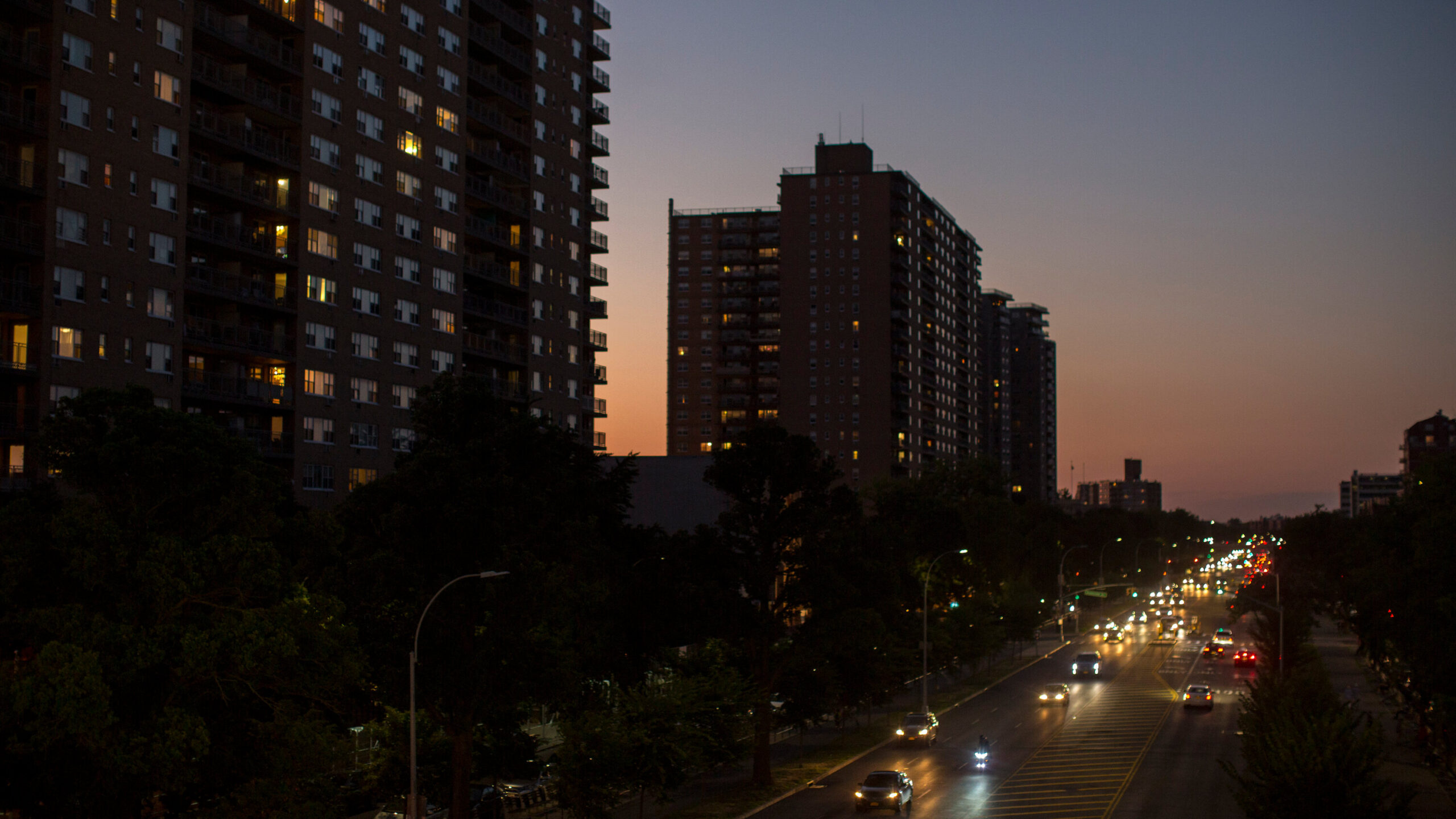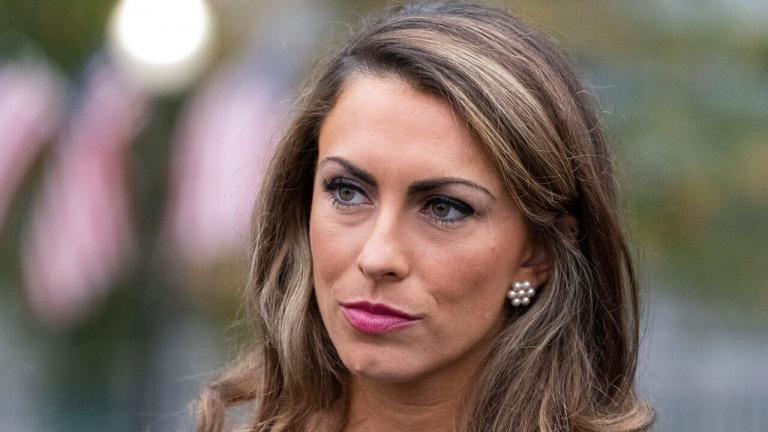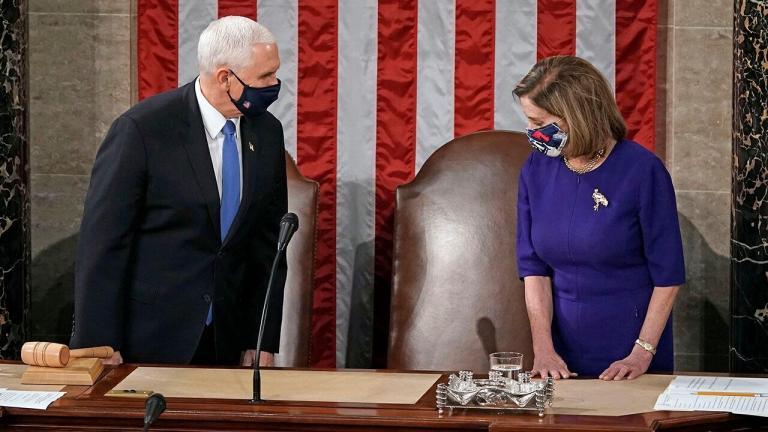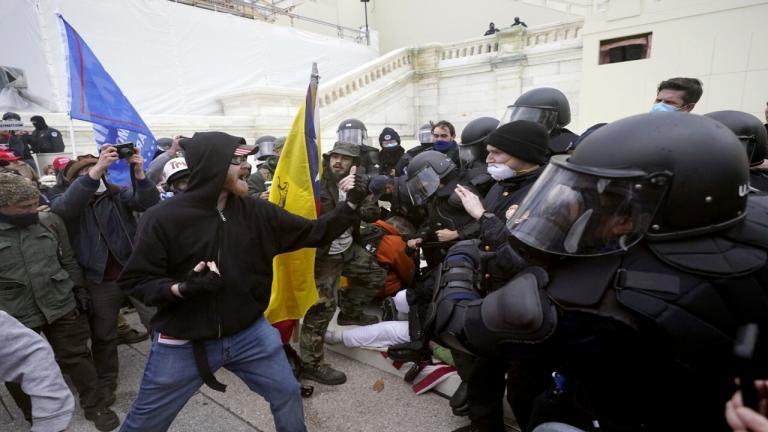Quick bit: In some New York City Council races, supporting former President Donald Trump is seen as a positive by voters.
Full Story:
The Places in New York City Where Republicans Still Stand a Chance
In some New York City Council races, supporting former President Donald Trump is seen as a positive by voters.
Trump Village on Ocean Parkway in Brooklyn. A few City Council races have shown evidence of Republican life in an otherwise overwhelmingly Democratic city.Credit…Dave Sanders for The New York Times
By Katie Glueck
For most Democratic candidates running in New York City, criticizing former President Donald J. Trump hardly requires making a studied campaign strategy decision — it’s already a given.
But in one of the few competitive races in New York City this year, the Democratic candidate for City Council will not even say how he voted for president, insisting that at the local level, voters in his Brooklyn district still care more about municipal matters.
That candidate, Steven Saperstein, is running in one of the few Trump-friendly districts in the city, and as he campaigned down a breezy stretch of boardwalk in Brighton Beach last Sunday, not far from the Trump Village housing complex where he grew up, he couldn’t seem to escape partisan politics.
“I’m Republican,” one woman declared.
“One hundred and twenty percent,” another proclaimed, before allowing that she would consider Mr. Saperstein anyway.
“They’re trying to make it about the presidential election,” Mr. Saperstein said of his Republican opponent, Inna Vernikov, for whom Donald Trump Jr. has recorded a robocall. “People in this district understand and they know that national elections are one thing, but on the local level you have to vote for the person.”
Steven Saperstein insists that voters in his district are more concerned about local matters than last year’s presidential election.Credit…Nate Palmer for The New York Times
Indeed, for years, New York City voters who favored Republicans for president often still elected Democrats in local races. But in the final days of the fall campaign, Republicans are working to change that in the 48th Council District of Brooklyn, which is home to many Orthodox Jews and Russian and Ukrainian immigrants.
If they succeed, that victory will offer one more example of just how polarized, and nationalized, even ultra-local American politics has become.
That seat is one of a smattering of City Council districts where there is evidence of Republican life in an otherwise overwhelmingly Democratic city — and it is not the only one attracting attention from major national figures. Senator Chuck Schumer of New York, the Senate majority leader, was slated to campaign on Sunday for a fellow Democrat, Felicia Singh, who is seeking to flip the last Republican-held Council seat in Queens (though the event was pulled following a security threat, Ms. Singh’s campaign manager said).
The Republican candidates in New York’s competitive races differ from one another in tone, experience and the local issues that reflect their distinctive districts.
But all of those contests, party officials and strategists say, are shaped by the continued salience of public safety in the minds of voters, discussion of education matters like the gifted and talented program that Mayor Bill de Blasio wants to phase out, and intense feelings over vaccine mandates. Some Republicans even argue that the challenging national environment that Democrats appear to be facing may be evident in a handful of city races, too.
“This has a lot of likenesses to 2009, when Obama came in on hope and change and then fell flat,” said Nick Langworthy, the chairman of the New York Republican State Committee. “In 2009 we had great gains at the local level, and then had a cataclysm in 2010. Are we facing that, or is there going to be flatness all the way around?”
Whatever the turnout, Republicans are virtually certain to be shut out of citywide offices. Indeed, by nearly every metric, the Republican Party has been decimated in the nation’s largest city. They are vastly outnumbered in voter registration and have struggled to field credible candidates for major offices.
At the City Council level, Republican hopes boil down to a matter of margins.
The most optimistic Republican assessment, barring extraordinary developments, is that they could increase their presence to five from three on the 51-seat City Council, as they did in 2009. But even that would require a surprise outcome in a sleeper race — and it is possible they retain only one seat (setting aside the candidates who are running on multiple party lines).
Officials on both sides of the aisle believe a more realistic target for the Republicans is three or four seats, a number that could still affect the brewing City Council speaker’s race and may indicate pockets of discontent with the direction of the city.
The most high-profile of those contests is the last Republican-held seat in Queens.
Ms. Singh, a teacher who is endorsed by the left-wing Working Families Party, is running against Joann Ariola, the chairwoman of the Queens Republican Party. The race has stirred considerable interest from the left and the right and attracted spending from outside groups.
Democrats argue that Ms. Singh’s focus on education, the environment and resources for often-underserved communities best reflects working-class and immigrant families like her own who have changed the makeup of the district.
Felicia Singh, center, who is running for City Council, canvasing in her hometown of Ozone Park, Queens.Credit…Jackie Molloy for The New York Times
Ms. Singh has called Ms. Ariola a Trump Republican and noted her past ties to a district leader who was charged with participating in the Jan. 6 attack on the United States Capitol. Ms. Ariola has said she condemns the insurrection and that no one “should be guilty by association.”
Ms. Ariola is pressing a message of strong support for the police, protecting and improving the gifted and talented program, and emphasizing quality-of-life issues.
She is casting Ms. Singh as too radical for a district that has been dotted in parts with Blue Lives Matter signage, and she has noted that some of the area’s moderate Democratic officials have stayed on the sidelines — which will surely be a source of tension among Democrats if Ms. Singh loses narrowly.
“The strategy has to be to pull out every single Democrat, knowing there are some Democrats that will shift the other way as well, but I think she’s still in a good position,” said Donovan Richards, the Queens borough president and a Democrat.
The other race widely seen as competitive is for a seat currently held by the Republican minority leader, Steven Matteo, on Staten Island.
David Carr, Mr. Matteo’s chief of staff, is the Republican nominee; Sal F. Albanese, once a Brooklyn city councilman who has run unsuccessfully for mayor several times, is the Democratic nominee; George Wonica, a real estate agent, is running on the Conservative Party line.
Unlike in Queens, where there is a clear ideological contrast, the candidates on Staten Island largely agree on several issues roiling New York, including city vaccine mandates, which they oppose. They have also competed vigorously over who is the true law-and-order candidate.
Beyond those clearly competitive races, a number of Democrats are running aggressive campaigns even in presumably safe seats. Councilman Justin Brannan of Brooklyn, a candidate for City Council speaker who won his Bay Ridge-area district narrowly in 2017, has maintained an intense pace. Just this weekend he campaigned with Eric Adams, the Democratic nominee for mayor; Letitia James, the state attorney general, who is now running for governor; and Mr. Schumer.
“Low-turnout elections are always where surprises happen, and we’ve had a bunch of those in the past few years,” said Kevin Elkins, the political director for the New York City District Council of Carpenters, which is largely supporting Democratic candidates, as well as Ms. Ariola. “Most of the elected officials and candidates who have run before have no interest in being next on that list.”
A few districts away from Mr. Brannan’s, Ms. Vernikov was in a heavily Orthodox Jewish part of Midwood recently, meeting with volunteers.
She has been a registered Democrat and a Republican, and the better-funded Mr. Saperstein has previously run for office as a Republican, further scrambling the political dynamics of the race.
But in an interview, Ms. Vernikov said she sometimes found voters to be more receptive when she mentioned her current party affiliation.
“When you tell people you’re a Republican in this district, it just changes the tone,” especially with the many voters in the district who fled the former Soviet Union, she said. “They see the Democratic Party moving this country in a very bad direction.”
Back in Brighton Beach, Mr. Saperstein wanted to talk about parks, the relationships he has with the Police Department, and cleaning up the boardwalk.
That last point was a compelling one for Lidiya Skverchak, a 64-year-old Trump voter. She was slated to receive her next dose of the Moderna vaccine on Election Day and was uncertain whether she would vote, she said. But if she does vote, she will still vote “Democrat, of course Democrat,” in the city elections. Asked about her biggest issue in the race, she, like Mr. Saperstein, kept her focus local.
“For this area, there should be more trees,” she said.
Manatee Herald shared this article. Click here to Read More








